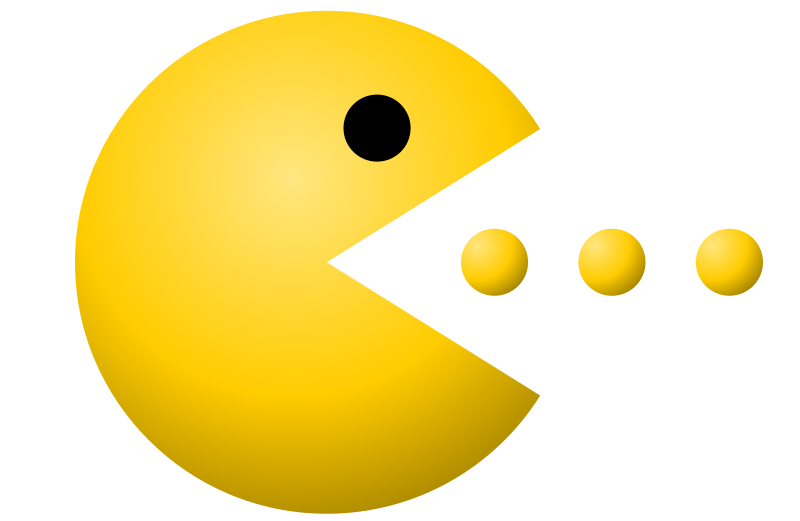
Have you ever had the following problem?
Every time you get to a certain spot in a piece, you make the same error. It could be, for example, an incorrect fingering, an incorrect rhythm (like adding a pause or rushing through a rhythm), or an incorrect pitch.
Every time it happens, you recognize the error has happened. In fact, you probably knew in advance that it was going to happen. Right after it happens, you try again — starting at where you made the error, but making the correction this time — and continue the piece.
The deeper problem here is the fact that this entire process repeats itself every time you play the piece. The trouble spot persists, even though you already know how to play the passage correctly.
I’ve encountered this problem in my own practice, and have observed it in my students, too.
How do we combat this problem? How can we solve those stubborn “trouble spots” for once and for all?
We already know that starting right at the trouble spot doesn’t help the correct version of the passage actually stick. We also know if we start the piece over from the beginning, we will probably have forgotten about avoiding the issue by the time we reach the trouble spot. These approaches aren’t helping. We need a different strategy.
What can help us learn to play the passage consistently the correct way, no matter where we are starting in the piece?
Nearly every one of us has, at some point or another, played a video game.
What happens when you mess up during a level of a video game, whether it’s Pac-Man, Zelda, Angry Birds, or Mario?
The answer: The game makes you back up and then try again.
Further, the game dictates you can’t “pass” that level until you do it correctly all the way through.
Video games don’t let you start right at the tricky spot. They make you go back further than that, and since many people are fan of games, they will understand how this feels.
This is what we need at times during piano practice, too. When a passage has been learned incorrectly, we need to build up our ability to “not do” (read my article about the Alexander Technique here) the mistake. It’s easy enough to avoid the mistake when we start directly at the trouble spot. But we need to be able to avoid the mistake no matter where we are starting in the piece.
This is the analogy I like to share with my students. Here’s what it could look like to apply the “Video Game Start-Overs” strategy:
- Step 1. We find a place to start at least a measure or two earlier than the trouble spot.
- Step 2. Once we’re able to play the passage consistently correctly, we “go on to the next level” by going back further: perhaps to the beginning of that line on the page, or the beginning of that section.
- Step 3. Once that is consistently correct, we again “go on to the next level”. This time, it might be the beginning of the piece. If we can start at the beginning of the piece and still get the trouble spot correct, we take that as a good indicator we’ve successfully UNLEARNED and RELEARNED the passage.
Typically, it might not seem very enjoyable to “go back” and restart the passage from an earlier spot. However, the situation is helped when reframed as similar to a video game.
Students understand video games. They understand the objective of a given level is to be able to complete the whole thing correctly. In many cases, students are already equipped with the problem-solving skills they need at the piano. They just need to apply and employ the right strategy to the situation.
If we want out students to practice well, we need to teach them how to practice well.
After working through the Video Game Start-Overs strategy with students during lessons and recommending they continue this work during home practice, I always add a friendly but important point:
Remember: it’s always more difficult to UNLEARN and RELEARN than it would be to simply LEARN something correctly the first time.
In other words: Having to employ this strategy is not ideal. This effort would not have been even necessary had the passage been learned correctly the first time. It would be far more efficient to learn the passage correctly early on, and avoid the unlearning and relearning processes altogether.



What a great analogy! Thanks for sharing Joy, this method could be very useful for both my students and myself. : D
I’m so glad you enjoyed this post, Emily! 🙂